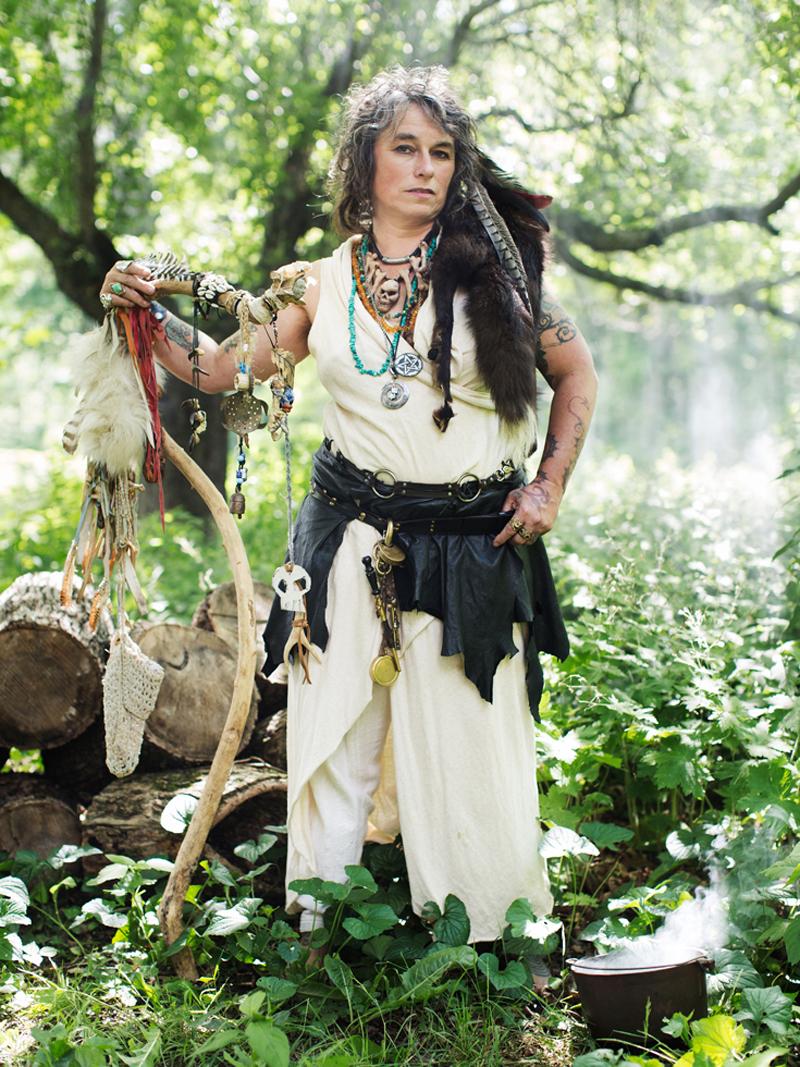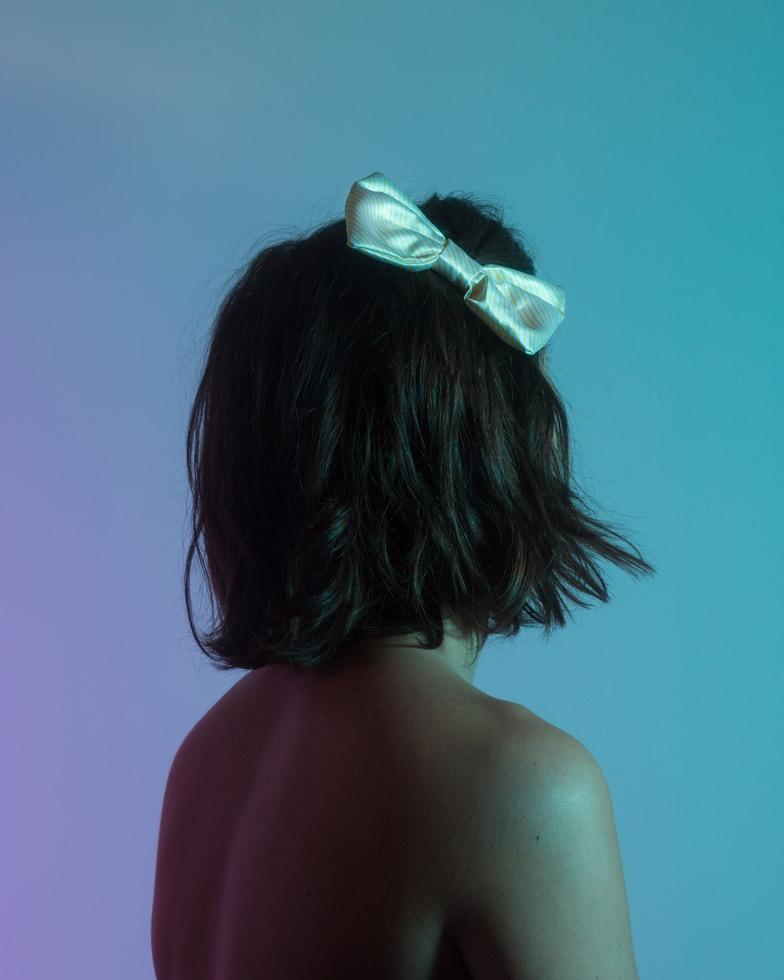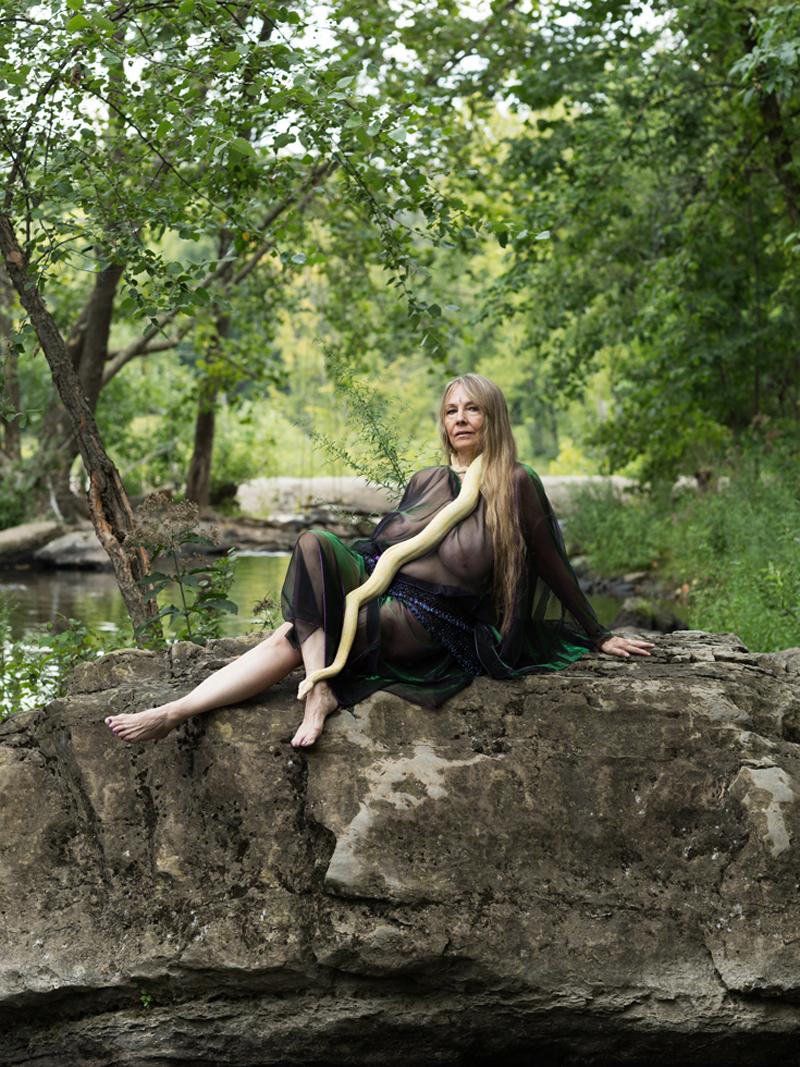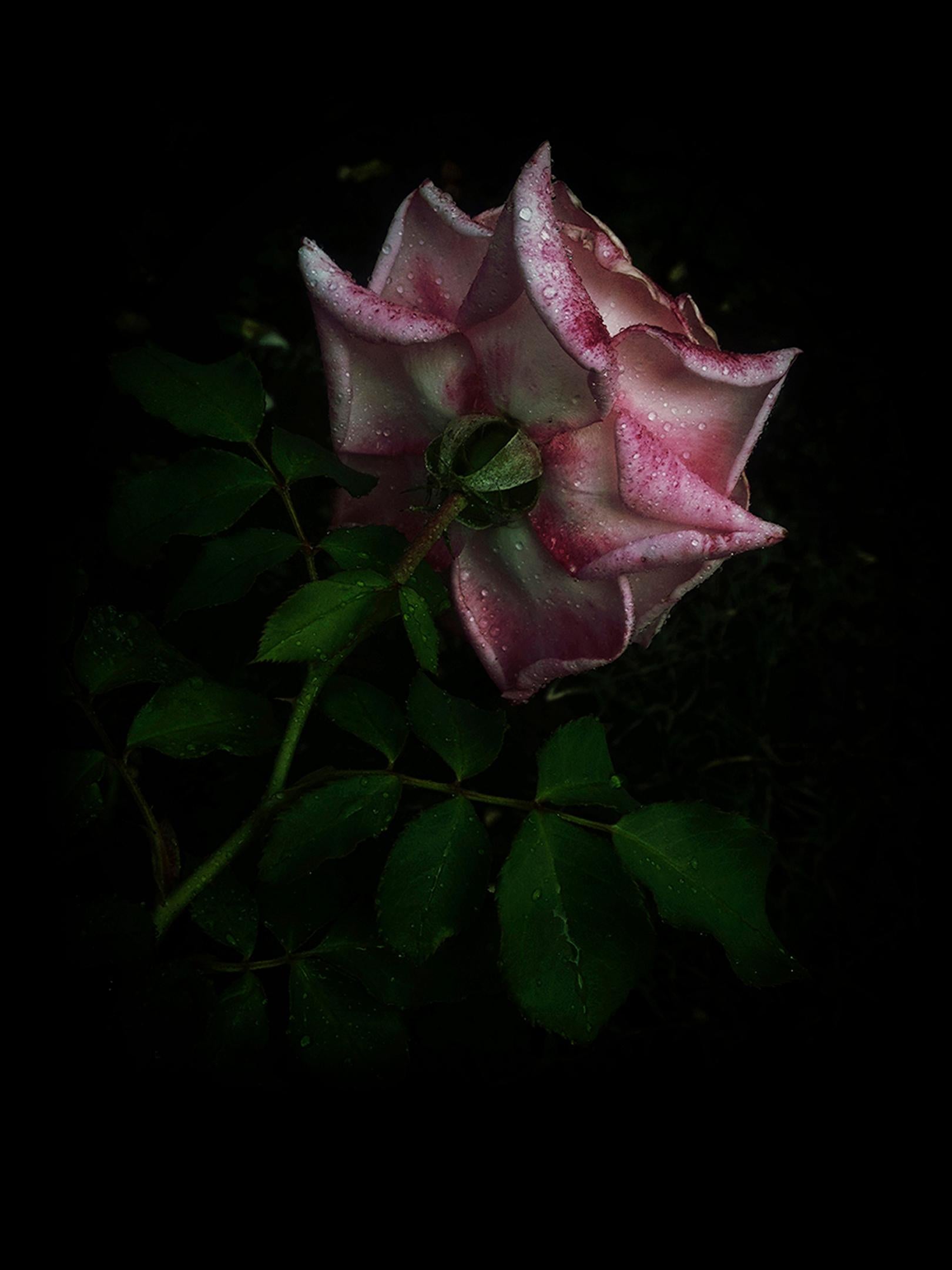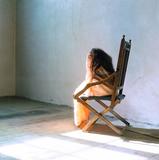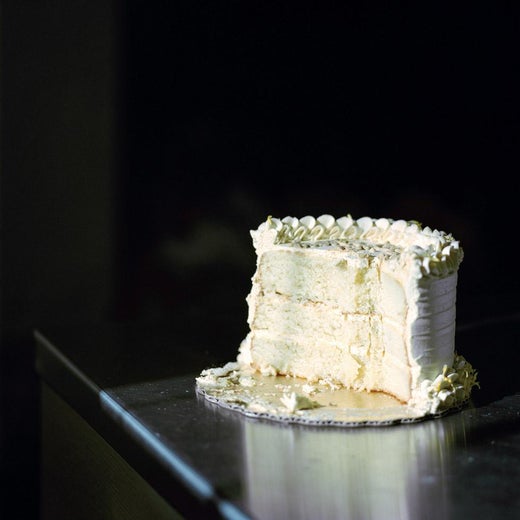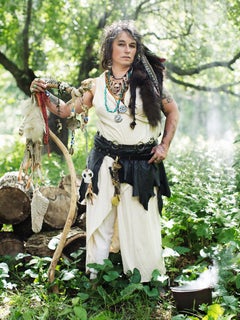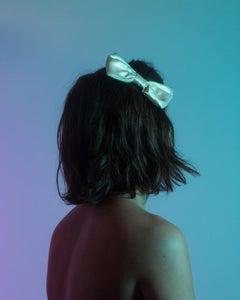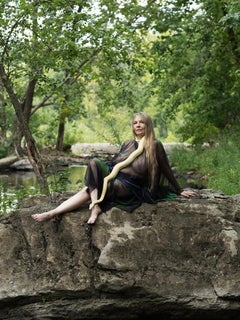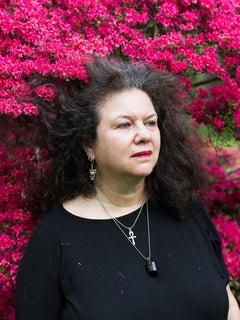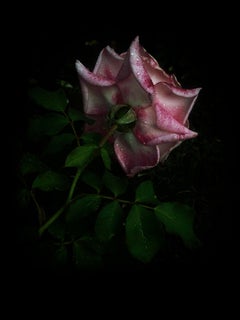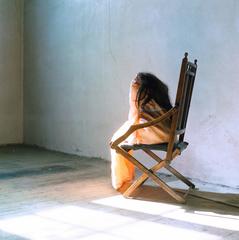This artwork titled "Gabriella" c.1980 is an original colors lithograph on Wove paper by noted American artist Sheldon C. Schoneberg, 1926-2012. It is hand signed and inscribed A.P. (Artist Proof) in pencil by the artist. The image size is 24 x 18.75 inches, sheet size is 26 x 20 inches. It is in excellent condition, has never been framed.
About the artist:
Born in Oak Park, Illinois; family moves to Beverly Hills; Attends El Rodeo, Beverly Hills High then Chouinard Art Institute, Los Angeles; University of Southern California, BFA cum laude. MFA, 1951; Academia di Belle Arti, Rome, 3rd Year Certificate; Universidad Michoacana, Morelia, Mexico, 1952, Graduate School - Fresco Printings.
TEACHING:
Santa Monica College, 1947; Hollywood Art Center School 1948; Pratt University, New York, 1950; Academic Rank of Full Professor of Art - University of New York, New Paltz, 1964 and University of Southern Maine 1967; Master Drawing Classes, Paris-American Academy of Art, Paris, France 1984-1985, Drawing, Painting and Contemporary Art History- University of New England, Biddeford, Maine 1993 - 2002.
CYCLES OF WORKS IN ART:
• Biblical, American Indian, Rome 1948-62, Oil Paintings
• Drawings Wash and Ink, Wood and Ink, Sepia Conte and Ink, Pastels 1940-1968, California, New York, Maine
• Archetypal Frescos 1948-55, Mexico, California, Israel
• Goyescas, Satiric Ink and Wash Sketches, Spain and Greece 1954-1962
• Tapestries of the Zodiac 1961-1963, Spain
• Para-Mandalas, Collages, Mixed-Media, Oil Paintings 1961-1967
• Flower-Children Series and Flag Series, Charcoal Pastel Drawings, California and Maine 1965-2008
• Bas-Relief polyester Resin Sculpture, Bronze Sculpture, 1966-1968
• The Centaurs Garden Suite, Centre Genevois de Grauvure Contemporaine, Geneva, Switzerland, lithographs on stone and etchings 1971
• Oil Paintings,Landscapes, Portraits, Nudes and Still Lifes, Mykonos, Greece, Spain, California, France, Mexico, Maine, British Columbia, Switzerland 1960-2008
• Barbary Coast Drawings, Full Color and Monochromatic 1967-1994
• The Apocalypse Series, Acrylic and Oil Paintings, Drawings 1973-1983
• Charcoal Pastel Drawings, California, Maine, France, Switzerland 1946-2008
• Metamorphous Series, Charcoal Pastel Collage Drawings on Museum Board 1987-2008
• Collage Series Drawings, San Francisco, Limington, New paltz, Los Angeles 1958-2008
• Poster Series, 90+ Charcoal Pastel Drawings on Museum Board 1985-2008
• Fayum Portrait Series, Charcoal-Pastel and Fauve Drawings 1992-2008
• Formal and Informal Portraits - Oil Paintings, Drawings, Models, Commissions, Compositions, Re-Creations 1942-2008
• Murals- Commissiond, Given and Inspired Oil paintings, Drawings, Acrylic Paintings, Collage Drawings 1936-2008
• Maquettes-100+ small original Charcoal Pastel Drawings for commissions 1970-2008
• The Great Masters of Art Series 1998-2008
• Flower Oil Paintings on Canvas ( Sunflowers, Hydrangas,etc) 2000-2008
EXHIBITIONS: INTERNATIONAL: COMBINED TOTAL OF 214, INCLUDING 82 ONE_MAN EXHIBITIONS. A SELECTION FOLLOWS.
• Museum of Munich 1948
• Museum of Morelia, Michoacan, Mexico 1952
• Hellenic-American Union, Athens, Greece 1961
• Casa de Cultura, Malaga, Spain 1964
• Exposition Internationale d'Art de Mode, Val de Grace, Paris, France
• 20th Anniversaire Paris American Academy 1985
• Gallery International Inc, St Maarten, Netherlands Antilles 1990-93
• National Museum of Mexico,D.F.1970-2008 Genesis Fresco 12'x35'
• Galerie du Carlton, La Croisette, Cannes, France 1964-78
• Galerie des Champs-Elysees, Paris, France 1966-78
• Galeria "M" Copenhagan, Denmark 1967
• Galerie del Cisne, Madrid, Spain
• Upper Grosvenor Galleries, London England 1966-68
• Kunsthandel Monet, Amsterdam Holland 1960-80
• Harrison Galleries, Vancouver BC Canada 1970-2008
• Guild Gallerie Calgary, Canada 1975-98
SELECTED EXHIBITIONS: USA
• University of Southern California 1950
• Palos Verdes Community Galleries, CA 1955
• Cowie Galleries, Los Angeles, CA 1956
• Los Angeles Municipal Galleries, Barnsdall, CA " Art of the Mural" 1959
• Maxwell Galleries, San Francisco, CA 1962-63
• Raymond Burr Galleries Beverly Hills, CA 1961-64
• Gallery 235, Chicago,IL 1967
• Triton Museum of Art, Santa Clara CA (Retrospective 1969-2008)
• Lars Laine Art Galleries, Palm Springs, CA 1969-84
• Two Squares Gallery, Denver, CA 1966-70
• Fisk University Art Museum, Nashville TN 1968
• Lewis Galleries, Omaha Nebraska 1973-2008
• Talberts Galleria Tacoma, WA 1978-2008
• Lyon Art Gallery San Francisco CA 1974-1980
• Owl 57 Galleries Woodmere NY 1979-2008
• Walt Kuhn Galleries,
Cape Neddick...
